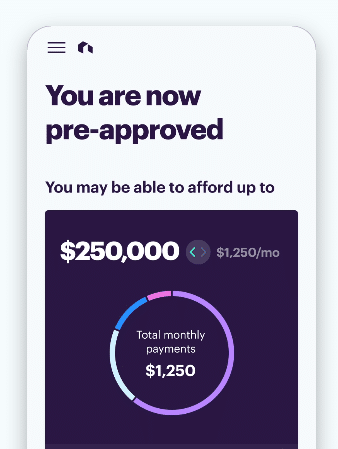Bankers Fear Unemployment
Bankers Fear Unemployment
(Wall Street Journal, Monday, January 26, 2009)
In addition to the pain in the financial sector, bank executives’ biggest fear is beginning to materialize—a climb in the unemployment rate toward 10%. A banker’s worst nightmare is an unemployment rate of 10%, up from 7.2% in December 2008, raising the charge–off rate toward 4% from the current level of 1.7%. Building up loan-loss reserves to deal with the rise in unemployment and increase in bad loans produces enormous losses and dramatically reduces capital when banks are trying to preserve the cushions they have. Fears of rising unemployment deter lending when the government wants banks to expand credit.
Bankers indicate unemployment of 8% to 8.5% is manageable, but 9% to 10% has a dramatic impact. Past data demonstrates a percentage-point increase in unemployment leads to roughly a percentage-point rise in the charge-off rate. But as unemployment exceeds 9%, bankers think charge-offs will start to increase by more than the increase in the unemployment rate. The reasoning is a high unemployment rate causes an unprecedented move of defaults among prime borrowers, who tend to have bigger loan balances.
As an example, about 6.9% of prime “jumbo” loans were at least 90 days delinquent in December 2008. The rate was up sharply from 2.6% a year earlier. In comparison, delinquencies of non-jumbo prime loans that qualify for backing by government agencies climbed to 2.1% in December 2008 from 0.8% a year earlier. More borrowers of prime jumbo loans are being hit by layoffs through practically every sector and pay level of the U.S. economy.
One of the best indicators of future unemployment trends is the year-over-year percent change in the Challenger Gray U.S. Job Cut Announcements Survey. The sharp acceleration in late 2000 above 100% set the stage for a significant rise in unemployment and loan charge-offs in 2001. The 2001 peak in the percentage and the fall below 100% growth in December 2001 forecast a peak in unemployment and charge-offs in 2002.
The growth in the Challenger U.S. Job Cut Announcements rose above 100% in November and reached 274.5% in December 2008. IDC expects the rate of growth in 2009 to approach 1000% and decline from its peak by early 2010 to below 100%. Unemployment is expected to peak in 2010 and, therefore, the rate of bank loan charge-offs.
A forecast of the Challenger growth rate, however, is subject to error in the current uncertain economic cycle. The best forecast is evidence of a peak in the growth rate and a decline below 100%, as occurred in late 2001, and, then, forecast a peak in unemployment and bad bank loans.
A low and recovery in the Home Builders (Sentiment) Market Index and recovery in residential construction requires a peak in unemployment, as the economy recovers. A future peak in the growth of U.S. Job Cut Announcements (Challenger Index) forecasts the cycle low in the Home Builders (Sentiment) Market Index. The subsequent decline below 100% growth in 2010 forecasts the future peak in unemployment and economic recovery.
For those who wish to receive future articles directly, please respond to tomv@idcfp.com with your current email address.











